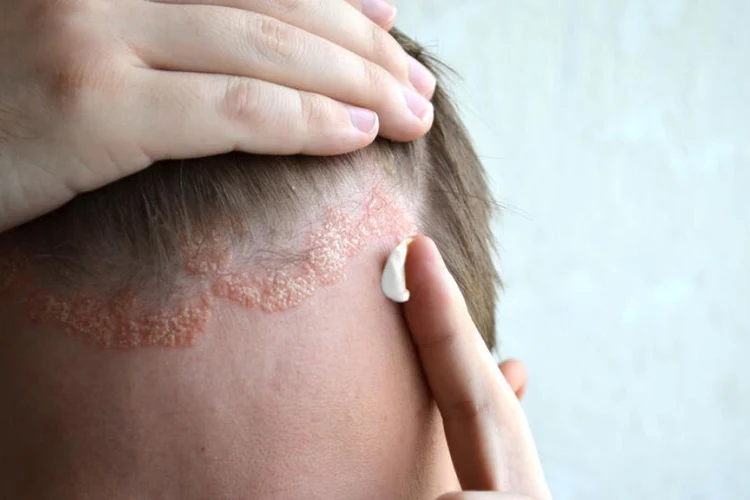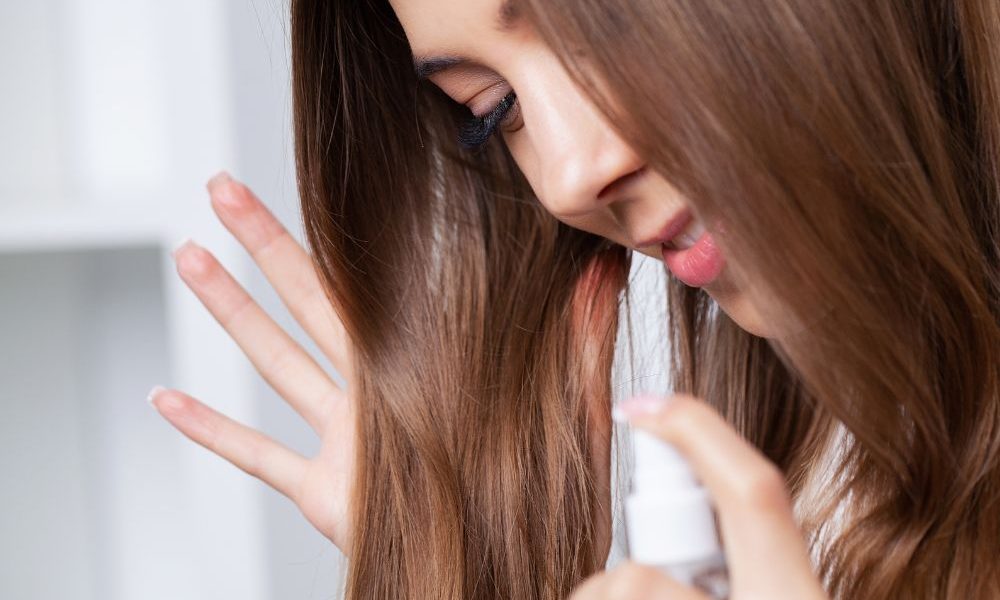About 3-5% of people worldwide are affected by Seborrheic Dermatitis (SD), a chronic and common skin condition, causing itching, scaling, and inflammation. It primarily targets areas rich in oil glands, such as the scalp, face, and torso.
This chronic condition can frustrate you, but with the right Seborrheic Dermatitis treatment, you can manage the symptoms and reduce the chances of flare-ups. Keep reading to know how to get relief from SD symptoms.
Seborrheic Dermatitis Treatment options
Based on the severity of your symptoms, you may need a combination of prescription medications and Over-the-Counter (OTC) products to treat Seborrheic Dermatitis.
Prescription treatments
Depending on the severity of the condition, a dermatologist may prescribe some medications along with OTC products, including:
- Strong corticosteroids: You may need stronger than OTC formulations of corticosteroids like Fluocinolone Acetonide for moderate to severe cases. Flucort 0.025% (20 gm) is one such skin cream known to benefit individuals
- Topical calcineurin inhibitors: Medications like Tacrolimus or Pimecrolimus can manage inflammation in sensitive areas, such as the face, without the risks associated with prolonged steroid use
- Oral medications: Oral antifungal medications like Itraconazole, Fluconazole, and Terbinafine, as well as oral corticosteroids, can be used to treat severe cases of systemic fungal infections or significant inflammation
Over-the-counter treatments
Some of the over-the-counter treatments for countering its symptoms, such as Seborrheic Dermatitis hair loss, are:
Medicated shampoos
The primary Seborrheic Dermatitis scalp treatment includes medicated shampoos. Some of them include:
- Ketoconazole: Ketoconazole, an antifungal agent, effectively reduces yeast overgrowth and is commonly recommended for Seborrhoeic Dermatitis
- Selenium Sulfide: Helps control Seborrheic Dermatitis scalp symptoms like scaling and flaking while soothing inflammation
- Pyrithione Zinc: Helps control fungal activity and soothe irritation
Topical creams and ointments
For areas beyond the scalp, topical treatments provide targeted relief:
- Antifungal creams: Creams containing ingredients like Ketoconazole or Clotrimazole combat fungal growth on the skin’s surface
- Corticosteroids: Low-potency corticosteroid creams can effectively manage inflammation without significant side effects
Home remedies for Seborrheic Dermatitis
To control Seborrheic Dermatitis, you can also try natural remedies.
Clean the affected areas gently twice daily using a mild, fragrance-free cleanser or a medicated soap. Then, use a fragrance-free moisturizer, preferably containing ceramides or glycerin.
Avoid harsh hair and skin products, particularly those containing alcohol or strong fragrances.
Stress can worsen the condition, so try relaxation methods like meditation, yoga, or regular exercise. Wear loose-fitting, soft cotton clothing.
Tea tree oil has antifungal properties, so you can dilute and apply it. Coal tar can also reduce scaling and inflammation.
More importantly, strictly follow your prescribed treatment plan when you notice early signs of a flare-up.
Conclusion
Seborrheic Dermatitis treatment options include prescription medications, such as strong corticosteroids like Flucort 0.025% (20 gm), topical calcineurin inhibitors, and oral antifungals. You can also use OTC products, such as medicated shampoos and topical creams. Additionally, you can try self-care measures at home.






